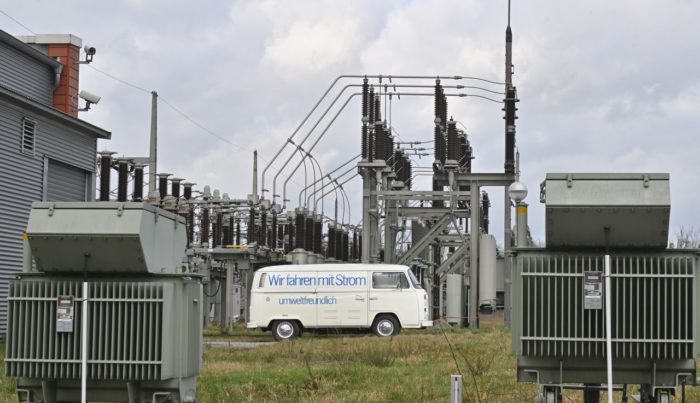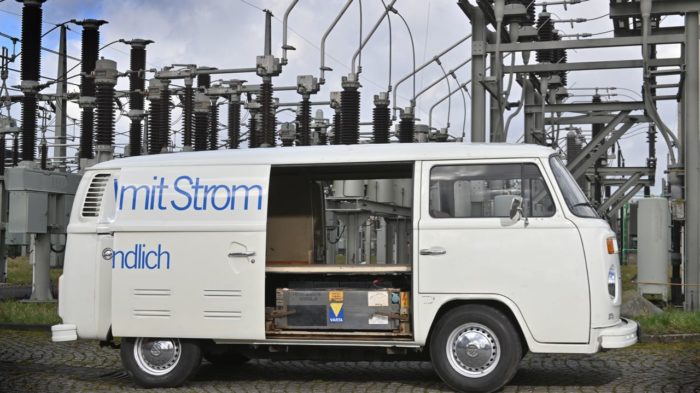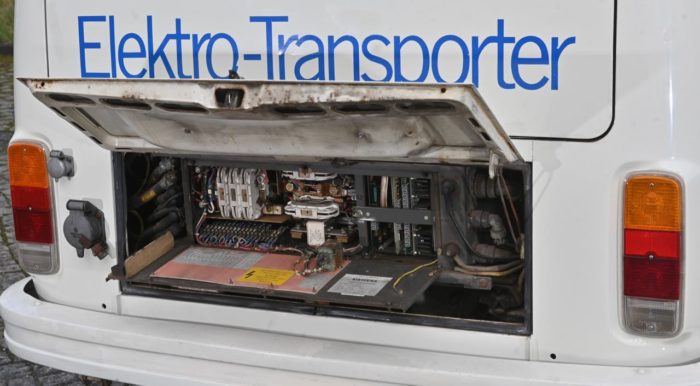We have already seen the Volkswagen ID. It arrives in June and the brand already defines it as the successor of the mythical Beetle and Golf. And eye, which, like them, will be the basis of a complete ID range. In fact, we have already seen prototypes that advance them, such as the Crozz ID (the SUV body), the Vizzion ID (sedan format) or the Buzz ID (a minivan). But the latter will not be the first vehicle of this type moved by electricity.
Although the prototype of the Microbus ID Buzz that we met in 2017 had a clear inspiration in the mythical Transporter T2 that drank gasoline (developed on the Beetle, by the way), the idea of transporting people without emissions is not new. Back in the 70s already experimented with several electrical prototypes. The brand has rescued one of those primitive models that it built 48 years ago and will show it in March.
The investigation to electrify the Beetle and the Bus was carried out by a subdivision of the Volkswagen engineering department. They were to develop an electric powertrain that could adequately replace the four-cylinder air-cooled boxer that fed those models. It was easier said than done, as none of the vehicles were designed to carry a bulky battery. That is why the spacious Volkswagen Bus was easier to convert than the Beetle.
The first prototype was presented at the 1972 Hannover Fair, and just after Volkswagen began to build a few units to put it in the hands of the municipalities and test it in real conditions. In the case of what you see in the images and that has already joined the company’s heritage collection, it was built in 1972, and was first registered in 1978 at the Berlin Drainage Division. A battery exchange station was even created in the Tiergarten district where mechanics could remove an exhausted package and replace it with a fully charged unit in about five minutes (how this reminds us of the idea of Better Place).
The capabilities of this model have little to do with those of the current ID 3. Its 21.6 kWh battery had a range of about 85 km and fed a modest electric motor developed by Bosch with 43 hp and 160 Nm of torque. Of course, it had very current things, such as a kinetic energy recovery system that was activated when the driver applied the brakes. The weight was his great handicap, because it weighed almost 2,200 kg, almost a ton more than the model with combustion engine. That is why it does not reach more than 74 km / h, a figure that Volkswagen indicates as adequate, since it was not designed for road use.
At the end of March, at the Techno Classica in Essen (Germany), an event dedicated to classic cars, you can see this measure it before joining the fleet of classic Volkswagen models, which also includes a similar Bus equipped with a turbine 75 hp experimental gas. For the Buzz ID we will have to wait a little longer, since its production is not planned until 2022.



